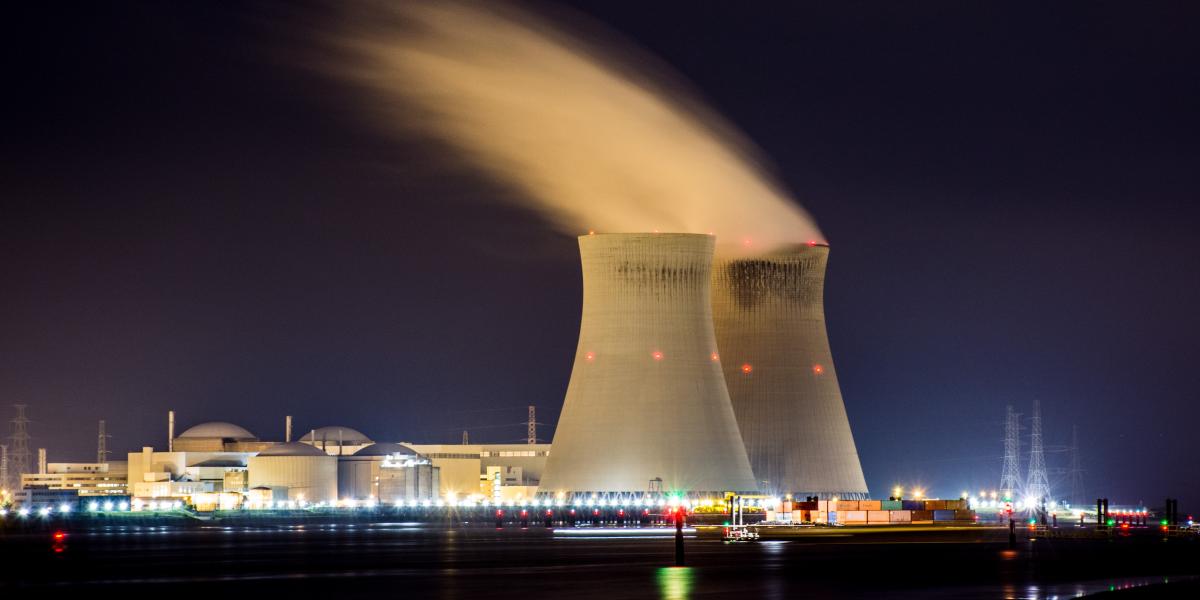
In addition to mounting human rights violations, the Russian invasion of Ukraine has underscored the human and environmental costs of fossil energy dependency and made accelerating the transition toward renewable alternatives in Europe one of the defining issues of 2022.
Perhaps no country is more central to concerns about European dependence on Russian energy than Germany. It has one of the oldest and most ambitious national energy policies in Europe – the Energiewende – which has propelled an impressive rollout of renewable energy and set Germany on a path to reach carbon neutrality by 2045. Yet in 2022, Germany is still a large importer of fossil fuels, with 35% of its crude oil, 55% of its natural gas, and more than 50% of its hard coal coming into the country as imports from Russia.
Since the Russian invasion of Ukraine, German leaders have put the certification of the controversial Nord Stream 2 pipeline on hold and announced intentions to become independent of Russian oil and coal by the end of 2022, and independent of Russian natural gas by summer 2024. These are ambitious and laudable goals, and may accelerate Germany’s path towards carbon neutrality.
But there are other changes in store for Germany’s domestic energy supply. The government recently reaffirmed their plans to shut down the country’s three remaining nuclear power plants, completing a nuclear phase-out policy that began in 2011 in the wake of the Fukushima Daiichi Nuclear Power Plant accident. The phase-out policy, which led to the closure of roughly half (12 GW) of Germany’s nuclear capacity in 2011, was welcome news in a country with a long history of anti-nuclear sentiment, even as nuclear power produces electricity with no greenhouse gas emissions, and thus facilitates meeting carbon neutrality targets.
In a paper forthcoming in the Journal of the European Economic Association, Stephen Jarvis, Akshaya Jha, and I examine the long-term consequences of the 2011 decision using a wealth of data on electricity production, prices, and emissions from power plants in Germany from 2010-2019. We use these data to train a machine learning algorithm that predicts power plant operations based on market conditions, including demand for electricity, the price of coal and natural gas, the quantity of renewables produced, and transmission constraints.
The model allows us to predict the hourly quantity of electricity produced by each power plant in Germany under two scenarios: the observed “factual” scenario, with the phase-out policy as implemented, and an unobserved “counterfactual” scenario in which the nuclear reactors would have continued to operate after 2011. The impact of the phase-out policy is calculated based on the difference in market and environmental outcomes across the two scenarios.
We found that the lost nuclear electricity production was offset primarily by coal-fired production and net electricity imports, even after accounting for accelerated investments in renewables. These impacts persist through 2019, and are robust across a variety of specifications.
The added dependence on coal-fired production following the 2011 nuclear closures imposed large health costs on German residents, ranging from € 3-8 billion per year, mostly due to the increased mortality risk from local air pollution exposure. In addition, the phase-out led to higher wholesale electricity prices, impacting both residential consumers and businesses alike.
Despite this, the phase-out policy continues to be popular in Germany, with 81% of its residents supporting it according to a 2015 survey. Why? For one, the anti-nuclear grassroots movement in Germany dates back to the 1970s when this opposition became one of the founding pillars of Germany’s Green party. In addition, it is challenging to empirically quantify the benefits of phasing out nuclear, which accrue through reducing the risk of accidents as well as decreasing the costs and risks of storing nuclear waste - thus the popularity of the phase-out may reflect a lack of information about costs and benefits. Finally, the risks stemming from a nuclear accident are visible and salient, especially for those in Germany that experienced the fears associated with the Chernobyl accident firsthand. In contrast, the loss of human life and the many other health ailments associated with air pollution co-generated with electricity are more difficult to attribute to specific fossil power plants.
Germany is not alone in its decision to move away from nuclear power. Several other countries, including Belgium, Spain, Switzerland, and South Korea, have announced plans to phase-out nuclear power. Yet recent events may be leading some to reconsider. South Korea has put its phaseout plans on hold over concerns about energy security. Here in the United States, new funding has been announced to support existing nuclear plants at risk of closure. Just as the Fukushima accident put the risks of nuclear power at the top of the agenda, it is now the reemergence of geopolitical threats that is highlighting anew the perils of dependence on imported fossil fuels and the complexity of designing the optimal path for the low-carbon energy transition.
One lesson from Germany’s experience is that such complex decisions should be informed by data-driven estimates of all costs and benefits, especially the environmental and human health ones.



